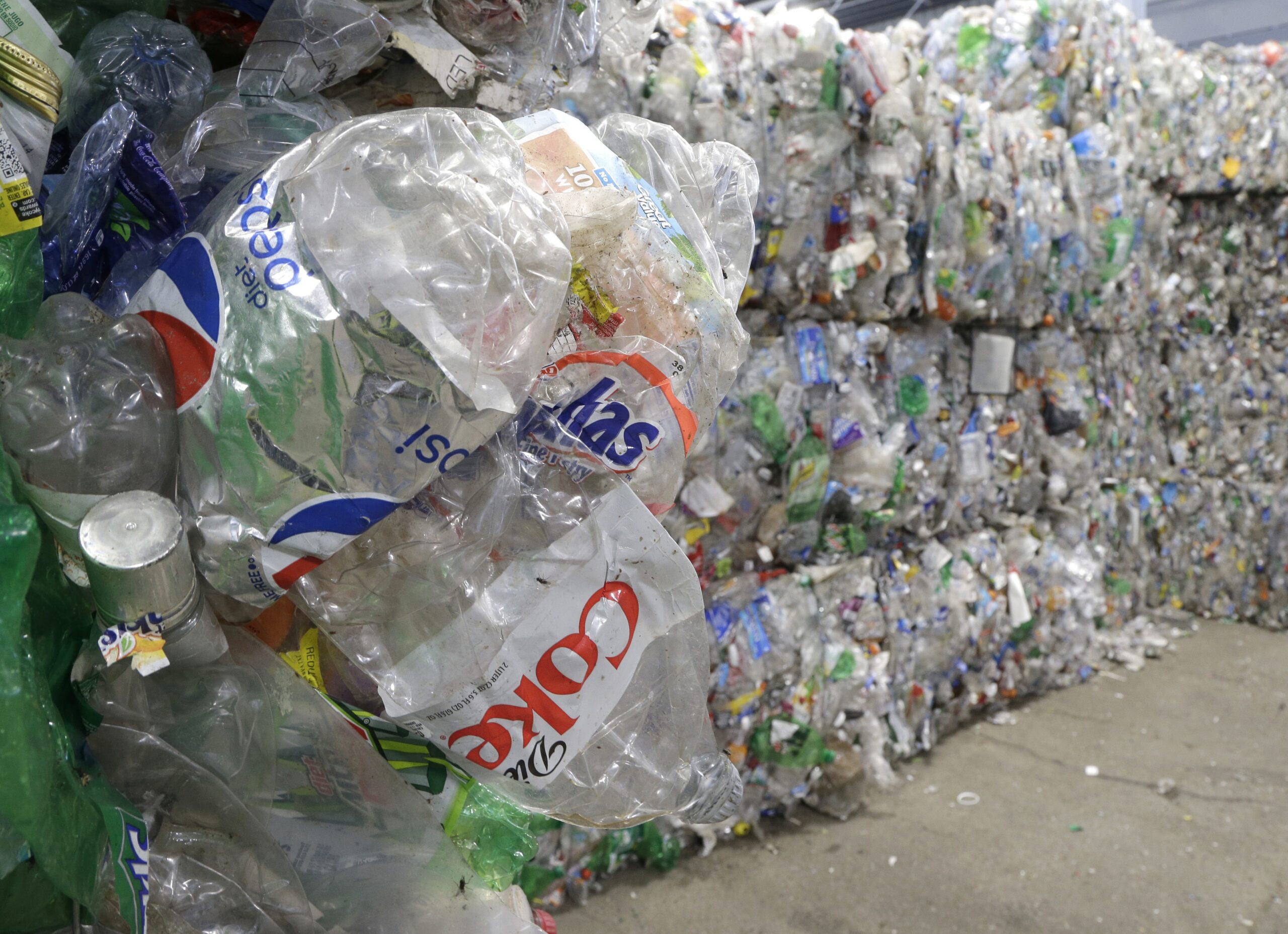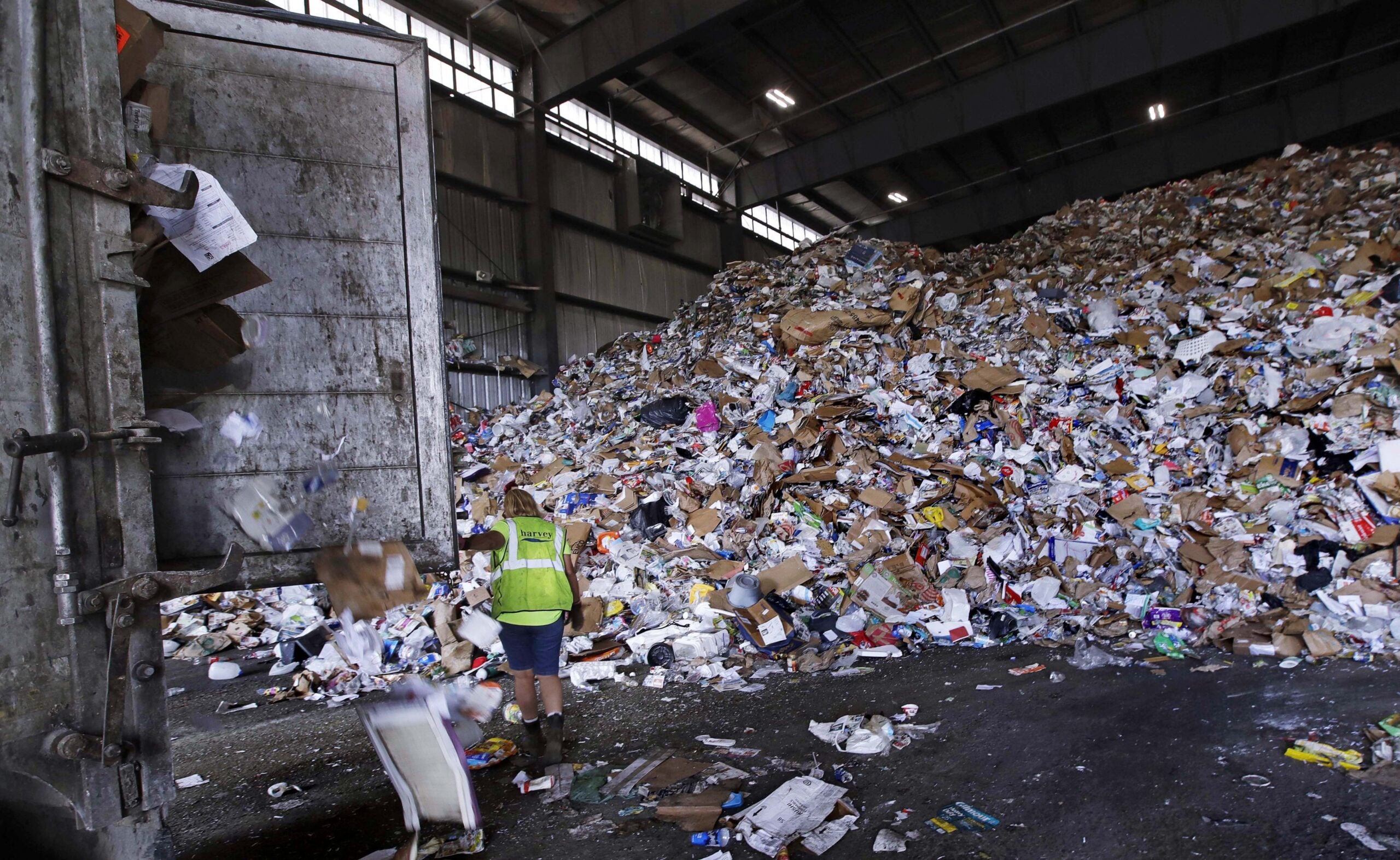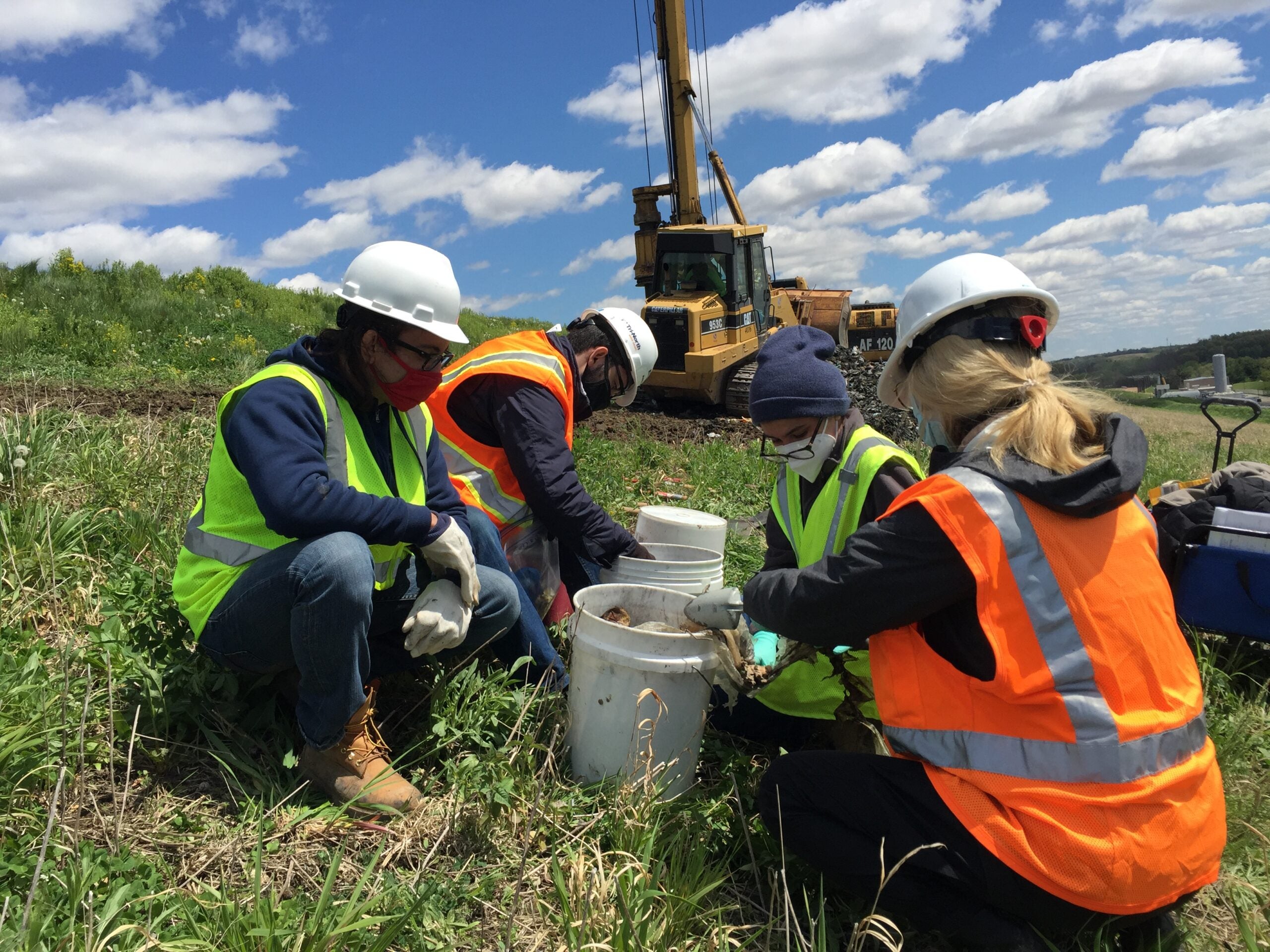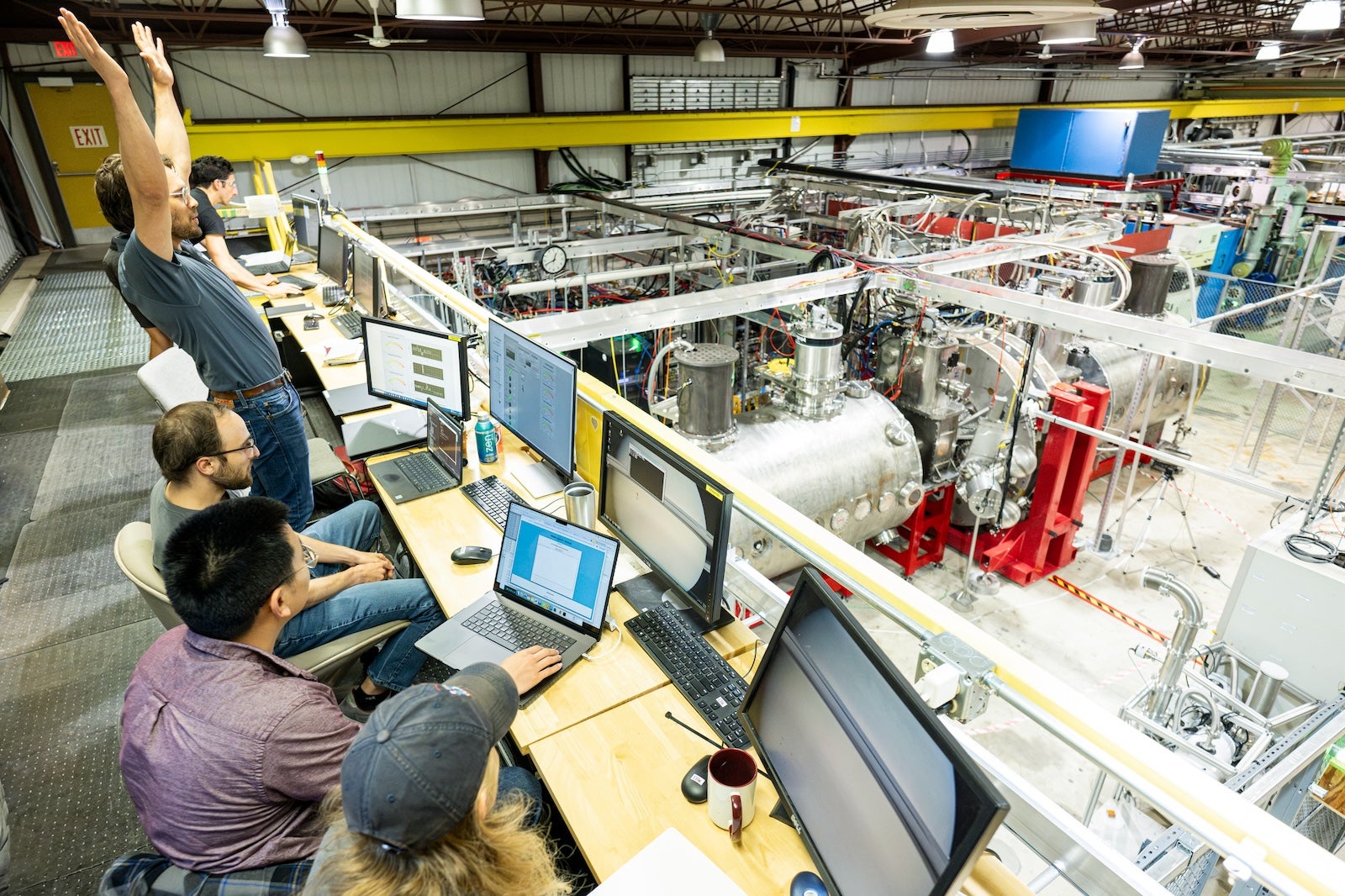Plastic is everywhere, and it’s often not as recyclable as you may think.
New research from the University of Wisconsin-Madison is working to change that — and cut down on millions of tons of plastic waste in the process.
The research looks at the multilayer plastic materials common in food and medical supply packaging because they can be heat resistant or protect from oxygen and moisture seeping in.
News with a little more humanity
WPR’s “Wisconsin Today” newsletter keeps you connected to the state you love without feeling overwhelmed. No paywall. No agenda. No corporate filter.
Yet, given the current recycling infrastructure, they are impossible to recycle. In the state of Wisconsin, there are only two types of plastic that are able to be recycled, rigid No. 1 and No. 2 plastics. The rest go to the landfill.
“The challenges associated with multilayer films in particular is that they typically have something like two to 17 different plastic or other components,” said Reid Van Lehn, assistant professor in the Department of Chemical and Biological Engineering at UW-Madison.
“One might imagine something like mechanical recycling, where essentially you try to compact plastic waste and then reuse it — but (multilayer plastics) have so many different layers that are often bonded together with adhesives, you can’t easily separate those different layers mechanically,” he continued.
Because of those challenges, the researchers turned to a different approach to break down the layers — using solvents to separate the polymers.
Van Lehn compared the solvent-based method — a technique the researchers call Solvent-Targeted Recovery and Precipitation (STRAP) — to cooking.
When you put salt in boiling water and watch the salt dissolve, the water is the solvent for the salt — taking an originally solid material and breaking it down into atomic components that can spread throughout the water, a liquid.
“Instead of dissolving salt in water, we’re trying to take a solid plastic film and dissolve into a series of different solvents, each of which would then contain a single layer of the original plastic film,” he said. “I can then essentially evaporate the solvent away to get back to the original plastic material.”
About 40 percent of the 100 million tons of multilayer thermoplastics produced globally each year is waste from the manufacturing process. Since those layers can’t be separated, nearly all of that plastic travels to landfills or incinerators.
George Huber, professor of chemical and biological engineering at UW-Madison who is working on the project alongside Van Lehn, said the research is currently focused on that post-industrial waste stream, with the idea to reuse the polymers for non-consumer or non-food plastic applications. So far, the researchers can do one type of multilayer plastic, but as the multilayer films get more complex, so does identifying the solvents to dissolve the polymers.
“One multilayer plastic, we can do very well,” he said. “There’s dozens of different multilayer films that are made, but we have a framework to know how to approach these multilayer films and know how to recycle them now. And we can make them at cost cheaper than the virgin material.”
Looking forward, the researchers hope to expand the technique into other, more complex multilayer plastics and create a computational system to find solvent combinations for a variety of multilayer plastics.
The research, which began in February 2019 and will continue for at least the next five years, is part of the new Multi-University Center on Chemical Upcycling of Waste Plastics, funded by the U.S. Department of Energy.
Wisconsin Public Radio, © Copyright 2026, Board of Regents of the University of Wisconsin System and Wisconsin Educational Communications Board.




